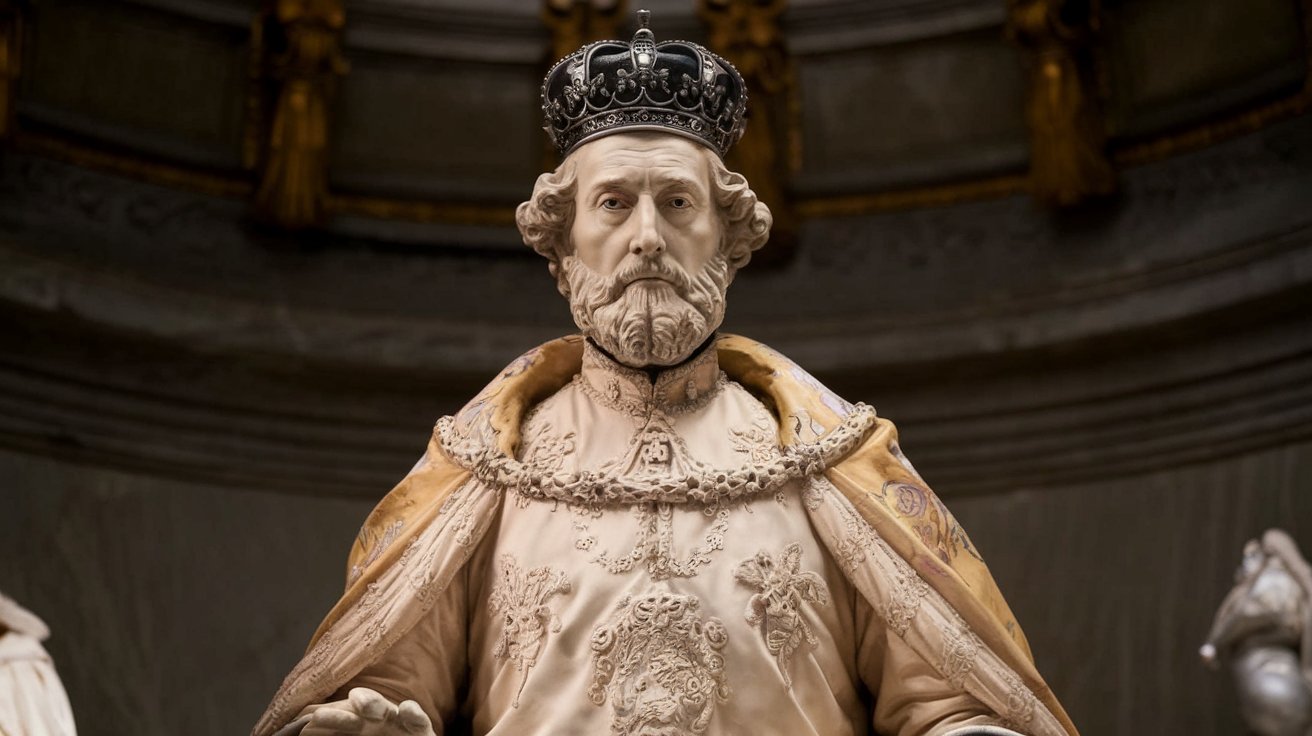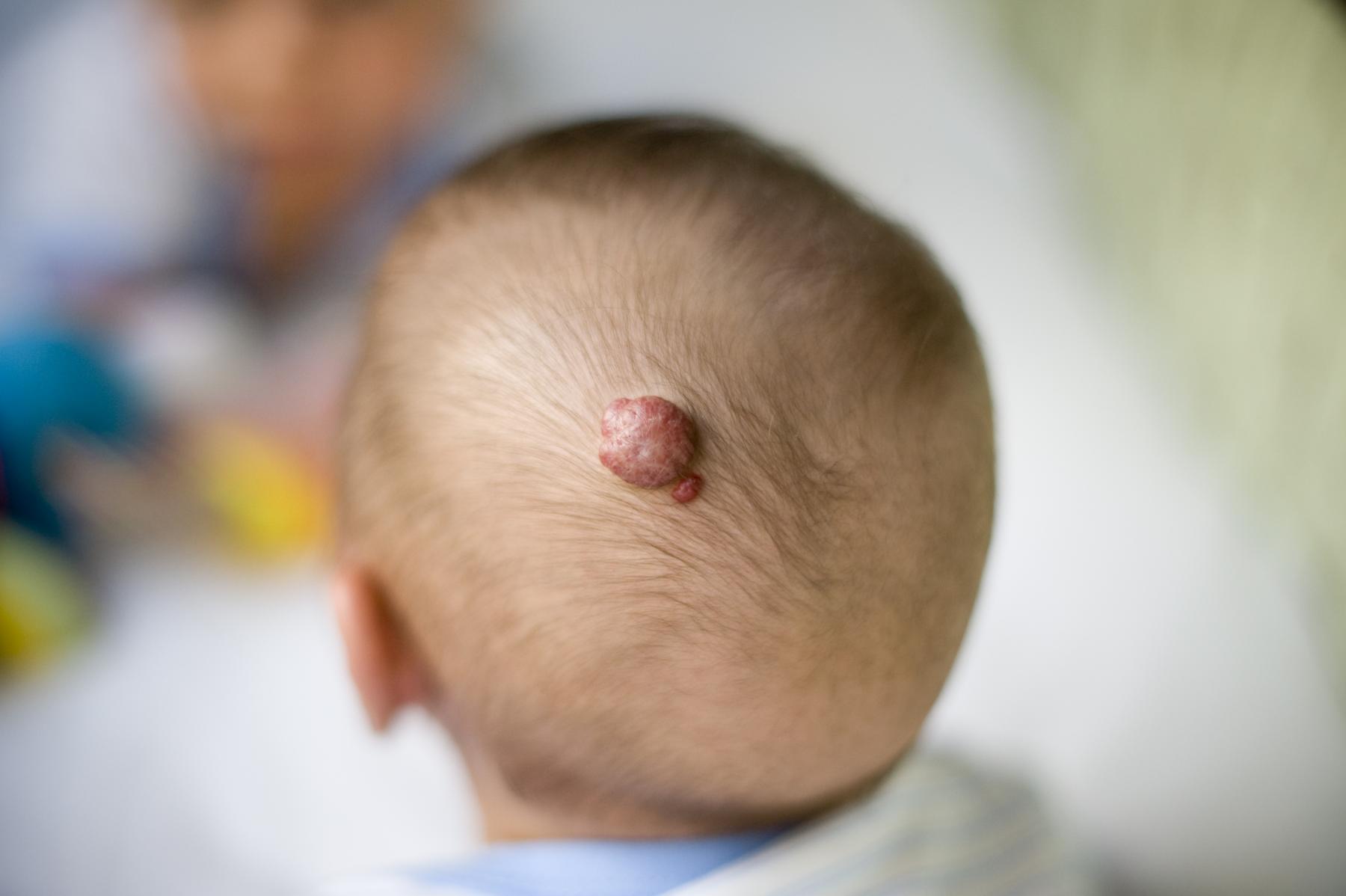
Charles II of Spain, also known as "El Hechizado" or "The Bewitched," ruled from 1665 to 1700. His reign was marked by political instability, economic troubles, and a series of wars. Born into the Habsburg dynasty, Charles suffered from severe physical and mental disabilities due to generations of inbreeding within the royal family. His life and rule have fascinated historians for centuries, not just because of his personal struggles but also due to the significant impact his reign had on European history. Why was Charles II of Spain so important? His inability to produce an heir led to the War of Spanish Succession, altering the balance of power in Europe. Dive into these 35 intriguing facts to learn more about this enigmatic monarch.
Key Takeaways:
- Charles II of Spain, known as "The Bewitched," faced severe health challenges due to inbreeding within the Habsburg family. His reign was marked by political instability and a succession crisis.
- Charles II's tragic life and reign serve as a cautionary tale about the dangers of inbreeding and the complexities of hereditary monarchy. His impact on Spanish history remains significant.
Early Life and Background
Charles II of Spain, often referred to as "El Hechizado" or "The Bewitched," was the last Habsburg ruler of the Spanish Empire. His life was marked by physical and mental challenges, largely due to extensive inbreeding within the Habsburg family.
-
Charles II was born on November 6, 1661, in Madrid, Spain. His birth was eagerly anticipated as he was the only surviving son of King Philip IV and Mariana of Austria.
-
From birth, Charles exhibited numerous health issues. He suffered from epilepsy, rickets, and other ailments that stunted his growth and development.
-
The Habsburg family practiced intermarriage to keep their bloodline pure, leading to genetic disorders. Charles's parents were uncle and niece, contributing to his severe health problems.
-
Charles did not learn to walk until he was four years old and could not speak until he was eight. His developmental delays were evident from a young age.
-
Despite his challenges, Charles was crowned King of Spain at the tender age of three after his father's death in 1665. His mother, Mariana, acted as regent during his early reign.
Reign and Political Struggles
Charles II's reign was fraught with political instability and economic decline. His inability to produce an heir further complicated matters, leading to a succession crisis.
-
Charles II's reign lasted from 1665 to 1700, making him one of the longest-reigning monarchs in Spanish history.
-
Due to his poor health, Charles was often manipulated by his advisors and courtiers, who vied for power and influence.
-
Spain faced numerous military defeats during Charles's reign, including the loss of territories in the Netherlands and Italy.
-
The Spanish economy suffered greatly under Charles II, with rampant inflation and a declining silver supply from the Americas.
-
Charles's inability to produce an heir led to a succession crisis. His two marriages, first to Marie Louise of Orléans and then to Maria Anna of Neuburg, were childless.
Personal Life and Health
Charles II's personal life was as tumultuous as his reign. His health issues and the lack of an heir were constant sources of concern.
-
Charles's first wife, Marie Louise of Orléans, reportedly found him repulsive and their marriage was unhappy. She died in 1689, possibly from poisoning or complications from her poor health.
-
His second wife, Maria Anna of Neuburg, was chosen for her family's fertility. Despite this, the couple remained childless, further fueling the succession crisis.
-
Charles's health continued to deteriorate throughout his life. He suffered from severe digestive problems, leading to chronic malnutrition.
-
He was often bedridden and required constant care from his attendants. His physical appearance was described as frail and sickly.
-
Charles was deeply religious and believed his ailments were a punishment from God. He frequently sought the counsel of priests and engaged in religious rituals.
Legacy and Death
Charles II's death marked the end of the Habsburg dynasty in Spain. His legacy is a complex mix of tragedy, political intrigue, and the consequences of inbreeding.
-
Charles II died on November 1, 1700, at the age of 38. His death triggered the War of Spanish Succession, as multiple European powers vied for control of the Spanish throne.
-
His will named Philip of Anjou, grandson of Louis XIV of France, as his successor. This decision led to a prolonged conflict between France and the Habsburgs.
-
Charles's death marked the end of the Spanish Habsburg dynasty, which had ruled Spain for nearly two centuries.
-
The War of Spanish Succession ultimately resulted in the Treaty of Utrecht in 1713, which recognized Philip V as the king of Spain but ceded significant territories to other European powers.
-
Charles II's reign is often seen as a period of decline for Spain. His health issues and the resulting political instability contributed to the weakening of the Spanish Empire.
Interesting Tidbits
Beyond the political and personal struggles, Charles II's life had many peculiar and fascinating aspects.
-
Charles II's autopsy revealed that his body was in a state of extreme decay. His heart was described as "the size of a peppercorn," and his lungs were corroded.
-
Despite his poor health, Charles had a keen interest in hunting and often participated in hunts, albeit with assistance.
-
Charles was known for his love of animals, particularly dogs. He kept numerous pets throughout his life.
-
He had a fascination with alchemy and the occult, often consulting with alchemists and astrologers in hopes of finding a cure for his ailments.
-
Charles II's court was rife with intrigue and superstition. Many believed he was cursed or bewitched, hence his nickname "El Hechizado."
Cultural Depictions
Charles II's tragic life has inspired various cultural works, from literature to television.
-
Charles II has been depicted in numerous historical novels, often highlighting the tragic aspects of his life and reign.
-
The Spanish TV series "El Ministerio del Tiempo" features an episode centered around Charles II, exploring the political and personal challenges he faced.
-
Charles's life has also been the subject of several documentaries, examining the impact of inbreeding on his health and the political ramifications of his reign.
-
His story has inspired various works of art, including paintings and sculptures, often portraying him as a tragic and frail figure.
-
Charles II's life serves as a cautionary tale about the dangers of inbreeding and the complexities of hereditary monarchy.
Final Years and Impact
The final years of Charles II's life were marked by increasing isolation and despair. His impact on Spanish history remains significant.
-
In his final years, Charles became increasingly paranoid and isolated, often retreating to his chambers for long periods.
-
His mental health deteriorated alongside his physical health, leading to bouts of depression and anxiety.
-
Despite his challenges, Charles remained devoted to his religious duties, often spending hours in prayer and attending mass.
-
Charles II's reign is often seen as a turning point in Spanish history, marking the transition from Habsburg to Bourbon rule.
-
His legacy continues to be studied by historians, who examine the complex interplay of genetics, politics, and personal tragedy that defined his life.
The Legacy of Charles II of Spain
Charles II of Spain, often remembered as "The Bewitched," left a lasting mark on history. His reign, marked by physical and mental challenges, highlighted the consequences of extensive inbreeding within the Habsburg dynasty. Despite his struggles, Charles II's rule saw significant political and economic turmoil, influencing the future of Spain and Europe. His death without an heir led to the War of Spanish Succession, reshaping European alliances and power dynamics. Charles II's life serves as a poignant reminder of the complexities of royal lineage and the far-reaching impacts of genetic inheritance. His story, filled with intrigue and hardship, continues to captivate historians and enthusiasts alike, offering valuable lessons about the interplay of genetics, politics, and history.
Frequently Asked Questions
Was this page helpful?
Our commitment to delivering trustworthy and engaging content is at the heart of what we do. Each fact on our site is contributed by real users like you, bringing a wealth of diverse insights and information. To ensure the highest standards of accuracy and reliability, our dedicated editors meticulously review each submission. This process guarantees that the facts we share are not only fascinating but also credible. Trust in our commitment to quality and authenticity as you explore and learn with us.


